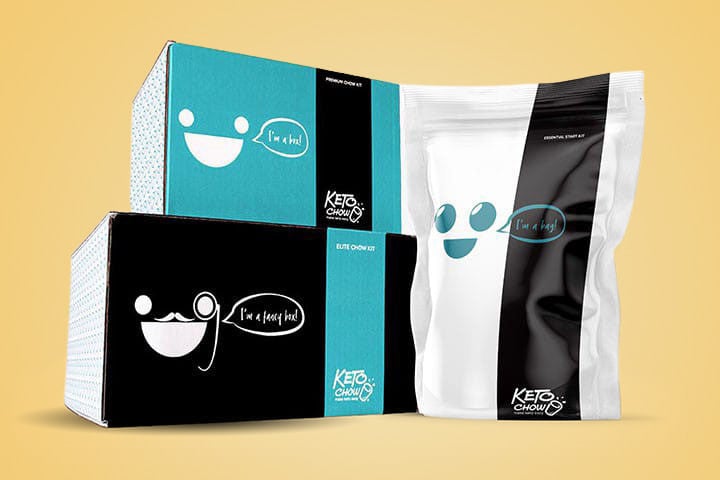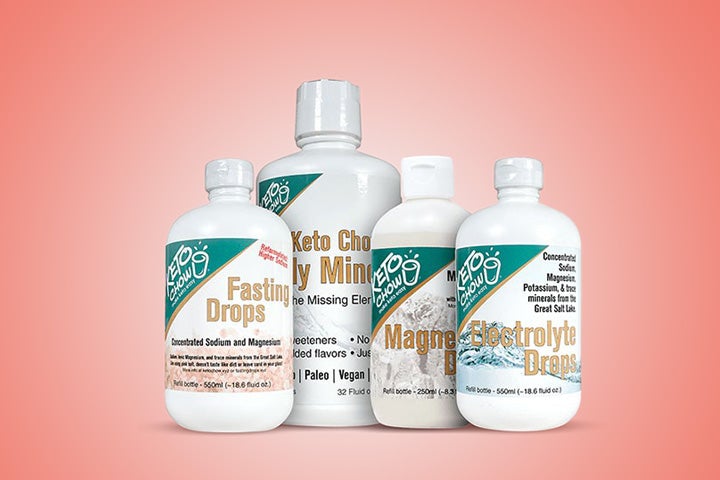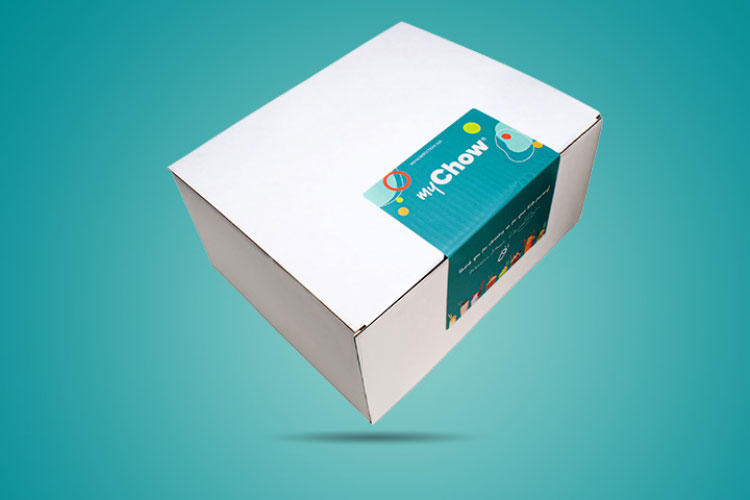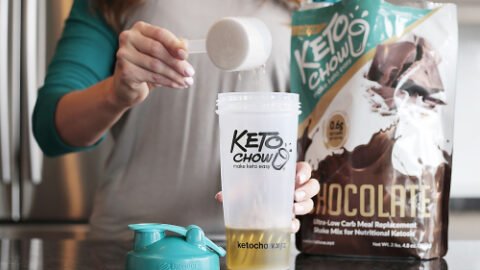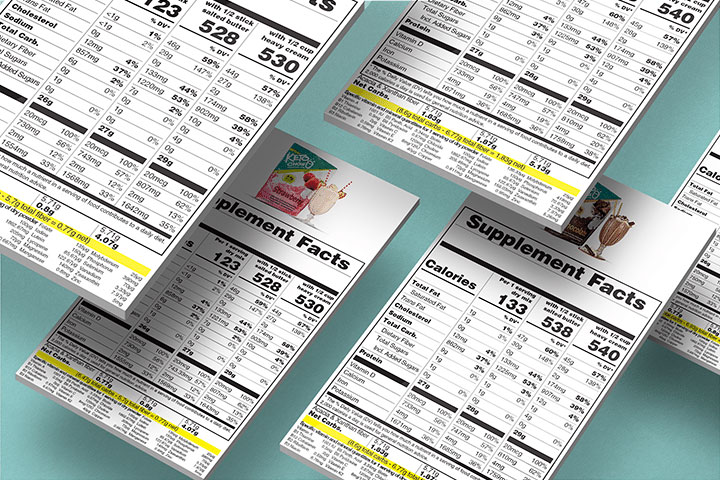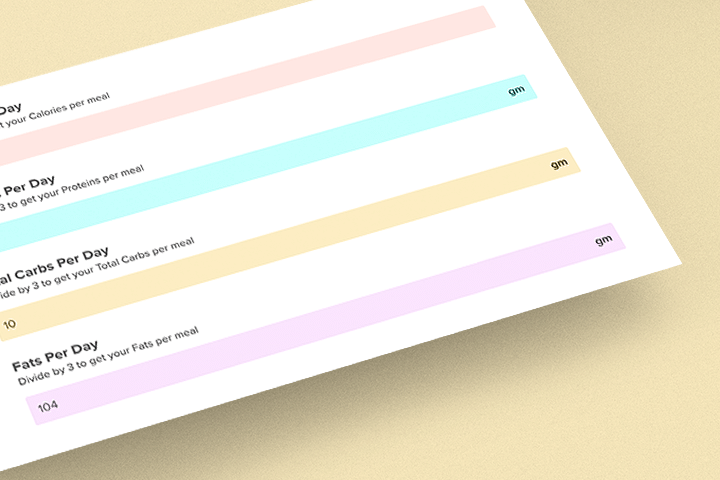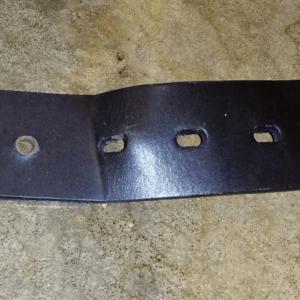Do you have bad breath on a keto diet? What’s up with that? Maybe you’re getting some amazing benefits from keto but the extreme bad breath is enough to make you grab the first donut you see. “Keto breath” may be unpleasant but it’s actually a good sign: it’s proof that you’re burning fat!
The culprit responsible for keto breath is acetone, a type of ketone molecule. What is acetone, and what do you need to know about it on a keto diet?
What is Acetone?
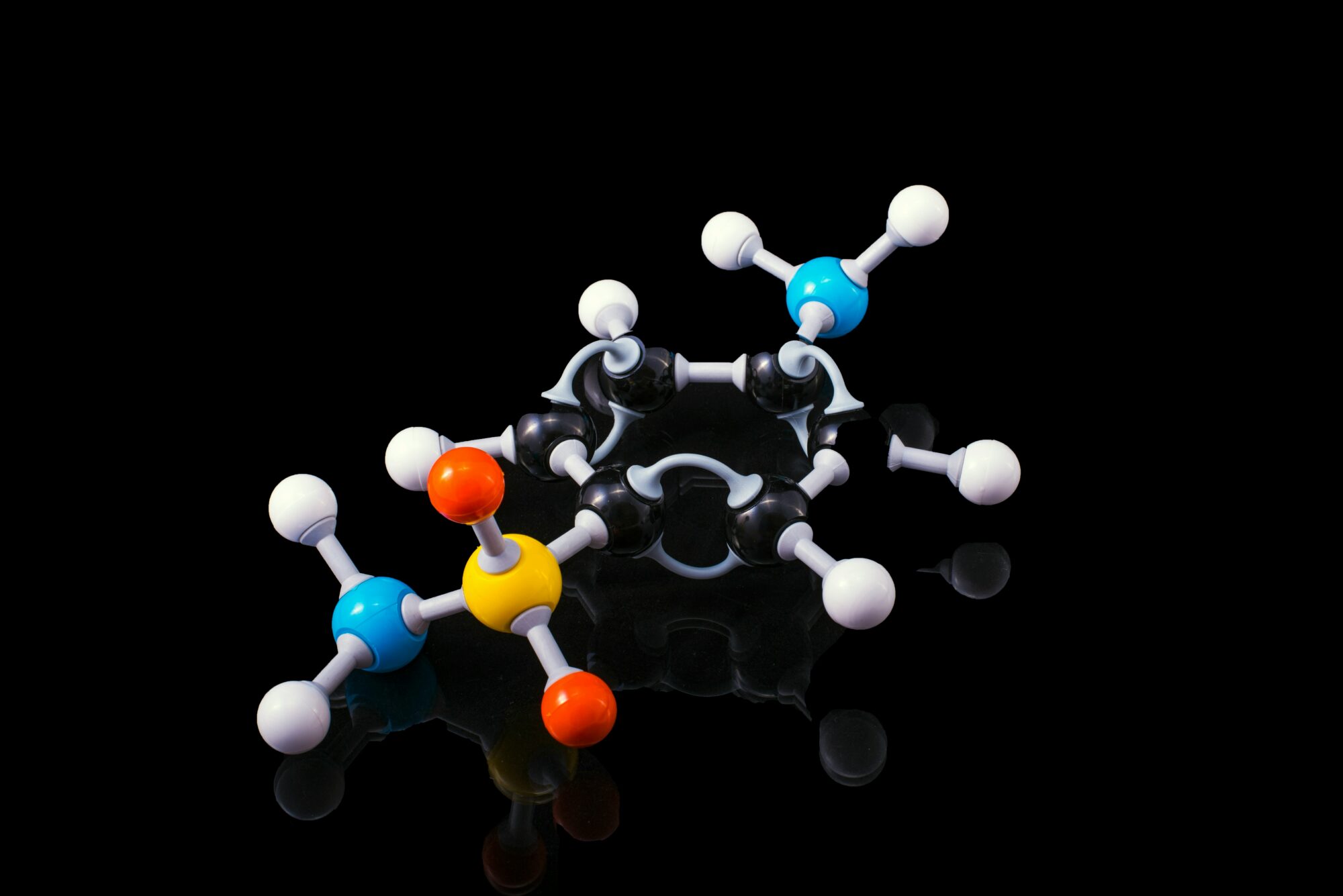
Acetone is one of the three ketone molecules your body makes when you’re in ketosis. It’s produced in the liver and is carried to the lungs, where it’s excreted in your breath. Unlike the other two ketones – acetoacetate and beta-hydroxybutyrate (BOHB) – acetone isn’t used for fuel.
(Technically, BOHB isn’t used for fuel, either – it is made from acetoacetate and gets converted back into acetoacetate before being metabolized).
Acetone in your breath imparts a distinctive odor. Keto breath has been described as “sweet” or “aromatic,” but most people call it just plain bad.
But the fact that acetone can be measured in the breath opens up some interesting possibilities for people on keto diets.
Why Measure Acetone?

Most people on keto diets don’t need to measure ketones. But people using keto as a dietary treatment for complex or difficult-to-treat conditions (like epilepsy or mental health issues) might feel best and have the biggest improvement in symptoms only when their ketone level is above a certain threshold.
Measuring ketones can help identify whether this is the case, and then guide them in fine-tuning their diet to make sure they stay above that level as often as possible.
Blood ketone testing

Unfortunately, testing blood ketones can be uncomfortable, and it can be inconvenient to do multiple times a day since you need to sterilize your finger and deal with the other supplies required. Blood ketone testing is also expensive and might be cost-prohibitive for some people, even though the price of test strips has come down in recent years.
(Continuous ketone meters have been developed and are currently in the testing phase. It might be a while before these are commercially available for the masses to buy.)
Urine ketone testing
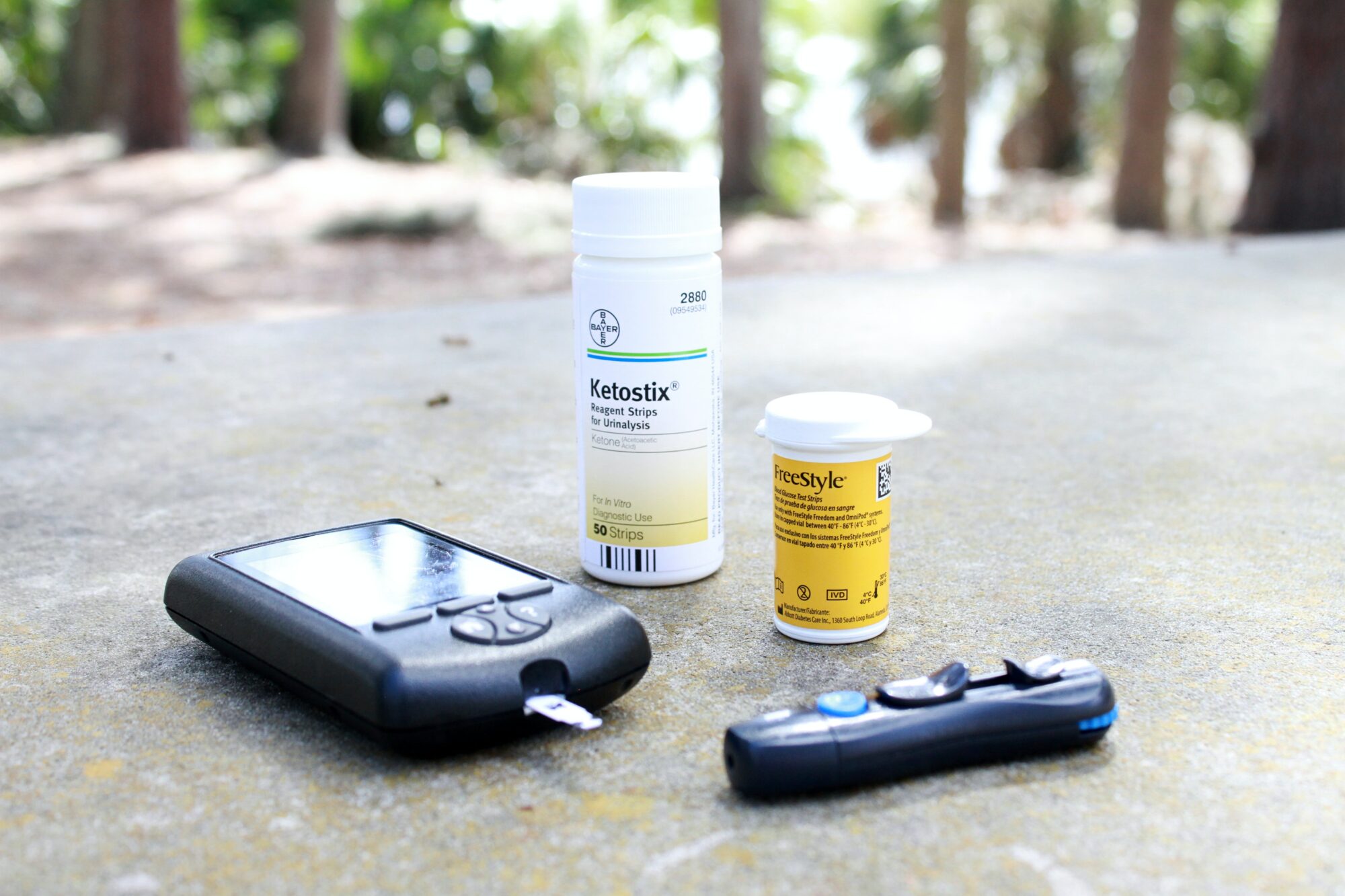
Urine ketone testing has been around for decades, and while it works well for many people, others who are following a keto diet and are obviously losing weight and reaping the other benefits of carbohydrate restriction report that they never have detectable ketones in their urine. So urine testing isn’t the best way to go for everyone.
Breath ketone testing

Measuring breath ketones is easier and more affordable to do multiple times a day compared to testing blood. Plus, it can be done anywhere, as opposed to needing to deal with lancets and test strips or having to find a bathroom nearby.
Why is it helpful to measure ketones more than once a day? Ketone levels can vary by more than 40 percent throughout a day, so if you measure only once, you’re getting a one-time snapshot at that moment, but your ketone level might have been much higher or lower if you had tested earlier or later. Again, this may or may not matter for you, depending on why you’re following a keto diet.
If you’re eating keto to lose weight, address type 2 diabetes, or improve some other issue related to high blood sugar or insulin, you don’t need to measure your ketones, but doing it can give you a morale boost. It can confirm that you’re metabolizing fat.
(Just keep in mind that metabolizing fat isn’t the same thing as losing body fat. Elevated ketones indicate that your body is using fat for fuel. What it doesn’t tell you is whether you’re fueling mostly from the fat in your food or from the stored fat on your body.)
Understanding Acetone Levels

In people eating higher carb diets, breath acetone levels are very low, around 0.5-2 parts per million (ppm). In adults following a keto diet, breath acetone might increase to 4-40 ppm or slightly higher (which roughly corresponds to a blood BOHB level of 0.5-3.0 mmol/L).
Children on keto diets typically have higher ketone levels compared to adults, so a child eating strict keto might see acetone levels as high as 300 ppm. Total fasting in adults can also raise acetone to this ballpark. (In diabetic ketoacidosis, where ketones rise to dangerous levels, breath acetone can rise above 1000 ppm – orders of magnitude higher than those in a healthy person on a keto diet.)
Breath acetone concentration correlates well with blood ketone levels, but there are some nuances to understand if you’re going to use a breath ketone meter. Your breath acetone level isn’t a direct indicator of your blood BOHB level at that time, but it’s a good proxy for your general state of ketosis.
For example, lower acetone indicates lower BOHB and higher acetone indicates higher BOHB, but you can’t determine your exact BOHB level by measuring acetone.
One study determined that the correlation between breath acetone and blood BOHB at any given point was only “moderate,” but the acetone level was accurate and reliable for predicting thresholds – for example, whether your blood BOHB is above 0.3 mM, 0.5 mM, 1.0 mM, or 1.5 mM.
Shortcomings of Measuring Acetone

Measuring anything in the body is subject to numerous influences – hydration status, timing of the last meal, one’s usual diet, injury or disease state, and more. Acetone is no exception. Breath acetone measurements can be affected by your breathing pattern, the amount of air you expel into the device, and even the temperature of your breath.
This shouldn’t be a problem if you follow the manufacturer’s instructions closely for the device you measure with, and if you measure under similar circumstances every time. On the other hand, you might deliberately choose to measure under different conditions to see how this affects your acetone level – for example, during or after exercise, during a fast, first thing in the morning or late at night.
Bottom Line

Measuring acetone is a simple, noninvasive way to confirm that you’re in ketosis. If you’re using keto mainly for weight loss or for overall health, checking ketones isn’t necessary but measuring acetone is a convenient way to do it, and it can provide a morale boost and confirm you’re on the right track.
If you’re using a ketogenic diet to manage a specific condition, monitoring acetone levels might be helpful because it can guide you in determining whether your condition responds best when you maintain a certain threshold of ketones.
Looking for a low-carb meal?
Then check out Keto Chow! Keto Chow is a delicious keto-friendly shake with 1/3 of your daily recommended nutrients. Choose from over 25 flavors, and make this shake in seconds!


